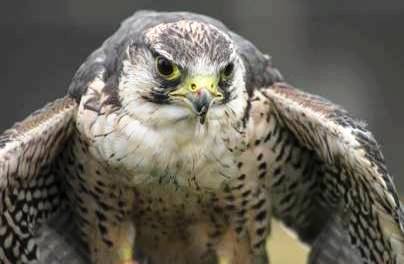One thing I love about winter is snow, and another thing is being in barns. Of course it is always better to have your animals out on the green pasture in the bright sunny air. But also, of course, we live in northern New England, and so our animals grow extra hair in the winter and get cozy in the barns and ruminate on hay. And in the barn, life moves at a different pace than outside. Outside, the sky may be grey and the snow building up all day against the doors and windows. But inside, the heifers nose through their hay for the choice bits, then lie against each other later, chewing. The bull calves sleep, full of milk, and suck the latch chains and your sweater when you come in to refill their bucket. The cows eat, and poop. I love the sight of a contented cow or sheep, lying down, nose slightly lifted, eyes half-shut, chewing, chewing, chewing her cud. The inside of a barn is predictable, and cozy with the warmth of all those 102 degree bodies. No matter how much snow piles up outside, covering the tracks you just made coming to the barn, each heifer still does her individual dance at the thought of grain.
Last year, working at Lydia's farm, I used to finish the long morning of chores in the sheep shed. In late January, the sheep are two months away from lambing, long in wool and starting to look a little fuller. They eat their hay peacefully and then all go find a spot in the bedding for a good rest. On snowy days, the back door of the sheep shed framed nicely their pasture, which was a picture of white. I liked to sit on some hay and watch the sheep. With that quiet snow, I heard little but their chewing, the occasional shift in the hay.
Today, I am away from any barns. Too bad, because it is snowing steadily. I hoped to go have lunch at Taylor Farm with Oliver, to eat with him but also to bring some peaches for everybody. I was inspired by listening to Greg Brown's song about "taste a little of the summer, Grandma put it all in jars." I don't know when that song was written, but it wasn't recently. He wrote, "What with the snow and the economy and everything, I think I'll just stay down here and eat 'till spring." I love that! It goes to show how this economy stuff can only touch you so deep. If you've got all your food put up, it doesn't matter as much. And you can eat peaches at the dairy at noon on a January snow day! Providing the little Honda can stomach the trip.
We'll see.
Here is a poem that Garrison Keillor read on The Writer's Almanac last week. Thank you to Krista for printing this out and slipping it under the door when I was sick! It's by Susie Patlove.
First Cutting
What is the hayfield in late afternoon
that it can fly in the face of time,
and light can be centuries old, and even
the rusted black truck I am driving
can seem to be an implement born
of some ancient harvest,
and the rhythmic baler, which spits out
massive bricks tied up in twine,
can seem part of a time before now
because light glitters on the hay dust,
because the sun is sinking and we sweat
under the high arc of mid-summer,
because our bodies cast such long shadows --
Rebecca, with the baby strapped to her back,
the men who throw impossible weight
to the top of the truck, the black and white
dog that races after mice or moles
whose lives have been suddenly exposed.
How does the taste of my sweat take me
down through the gate of childhood,
spinning backwards to land in a field
painted by Bruegel, where the taste of salt
is the same, and the same heat
rises in waves off a newly flattened field.
In the duskiness of slanted light, we laugh
just as we laughed then, because there is
joy in what the earth gives, allowing
our bodies to mingle with it, our voices
small on the field, our working assuring the goats
can give milk, the sheep can grow wool,
and we will have in our bones the taste
of something so old it travels in light.
In peace,
Lucy



